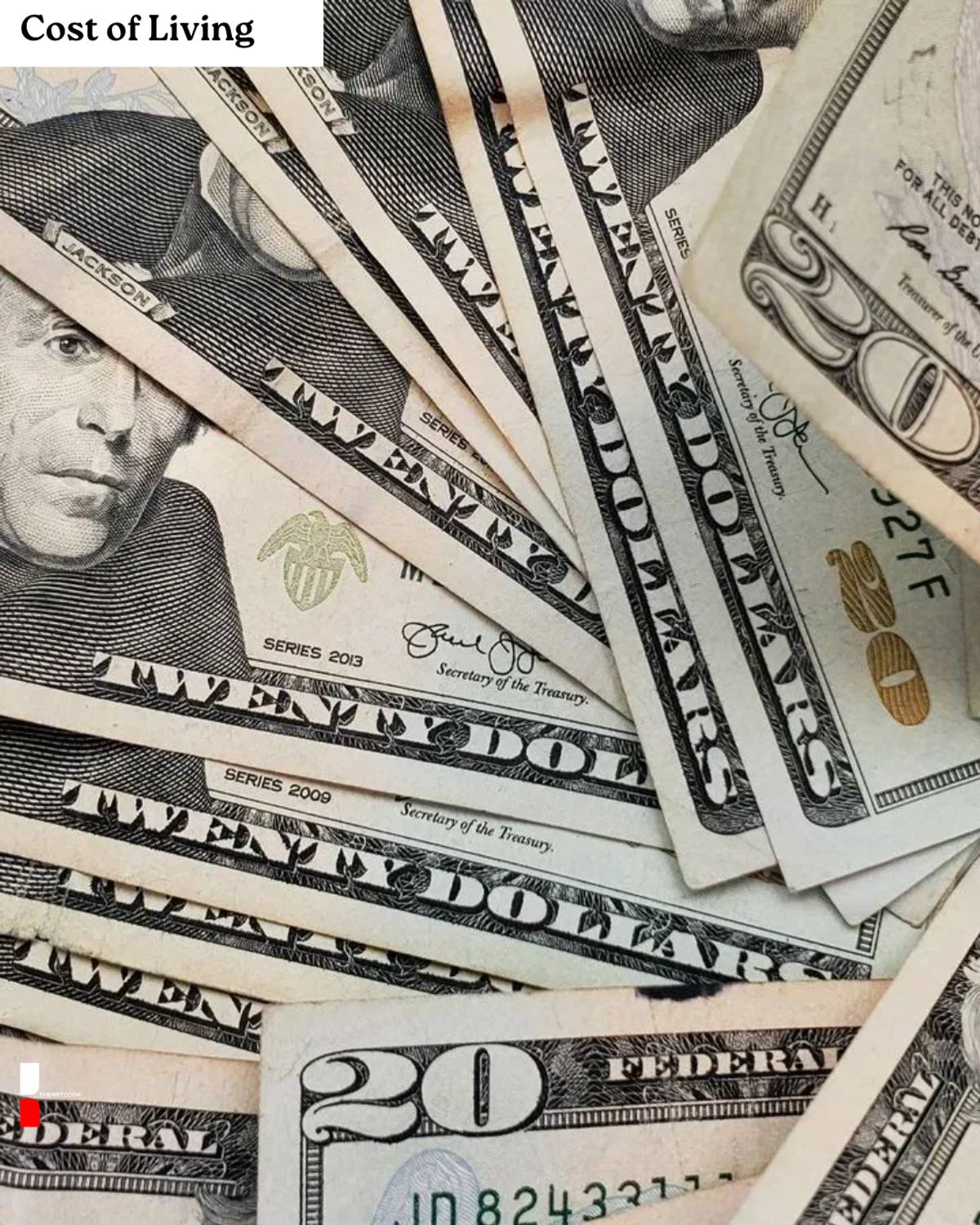Starving for Art: Creative Lives on the Edge in India
By Tanvi Ibrahim Patankar | Editor in chief: Asia Correspondent
ShareMumbai India | Art has long been hailed as the soul of Indian civilization, from the murals of Ajanta to the verses of Mirza Ghalib, from kathakali masks to the underground hip-hop of Mumbai. Yet, for many of today’s Indian creators, musicians, painters, writers, dancers, and performers art is no longer a livelihood but a survival act. Beneath the glossy veneer of gallery openings and viral reels lies a painful reality: passion doesn’t pay, and the creative economy is collapsing under its own weight.

Photo: Wildezine
The Vanishing Paycheck: Gig Work and Invisible Labor
A recent survey by IndieFolio Network revealed that 63% of Indian artists earn less than ₹1.2 lakh annually from their creative work, well below the national average income. For visual artists and musicians navigating India’s gig economy, platforms like YouTube, Spotify, and Instagram provide reach, but not revenue. On Spotify, even 500,000 plays might barely cover rent in Mumbai.
“People assume I’m successful because I have 40K followers,” says Anisha Mehta, a freelance illustrator based in Bengaluru. “But my rent is ₹18,000, and my average monthly income is ₹12,000. The math doesn’t work.”
The pandemic only deepened this gap. According to the Ministry of Culture’s 2021 review, over 74% of artists saw their income either wiped out or severely disrupted during COVID-19 lockdowns. Yet, government relief programs were minimal and short-lived.
Gender Gaps and Algorithmic Pressure
In a digital-first market, creators are pushed to produce for algorithms rather than for art. A 2024 report by the British Council found that creators with formal degrees earn marginally more (up to 14%), but systemic barriers persist. Women, particularly in rural and semi-urban India, earn significantly less than their male counterparts, mirroring a global pattern.
“Instagram wants trends, not storytelling,” says Delhi-based filmmaker Neeraj Ahuja. “I’ve shot award-winning shorts, but brands only pay when I do listicles or viral edits. That’s not why I picked up a camera.”
Photo: Leftlet
Traditional Artists: Rich Legacy, Poor Returns
While modern creators struggle with platform capitalism, traditional artists battle invisibility. India’s rich classical and folk arts from Odissi to Baul music, survive largely through guru-shishya paramparas, with monthly stipends often as low as ₹2,000 ($23) to ₹10,000. ($116)
“Cultural heritage is being left to rot,” says Carnatic vocalist S. Rajalakshmi, who runs a music school in Chennai. “There’s no pension, no insurance, no respect. Just endless competitions on TV.”
Exploitation by Design: Digital Tech and Creative Labor
With the explosion of AI-generated content, many Indian artists feel their work is being co-opted by algorithms trained on unpaid labor. Illustration, poetry, music now easily mimicked by generative models face a steep decline in demand.
“Clients now ask if I can compete with AI art generators,” says Mumbai-based designer Veer Jain. “They don’t see the difference between handmade and machine-made, just the price tag.”
Social media giants reap massive ad revenue, while creators struggle to monetize. Of the ₹1,200 ($ 13.89) crore Indian digital ad spend in 2024, less than 2% was shared with content creators.
Mental Health: The Hidden Cost of Creation
Behind the reels and portfolios lies a mental health crisis. A joint study by NIMHANS and the Wellbeing in Creative Work Initiative (2023) found that Indian artists are over twice as likely to suffer from anxiety and depression compared to the general population.
“The pressure to self-brand, constantly create, and hustle without stability it’s draining,” says dancer and mental health advocate Varsha Sharma. “We’re burning out for likes and crumbs.”
Over 58% of respondents to the IndieFolio survey considered quitting the arts altogether due to financial instability and mental strain.
Gatekeeping, Inequality, and the Missing Middle
India’s art world remains notoriously hierarchical. Access to grants, gallery space, and public funding often depends on elite networks, geographic centrality (Delhi-Mumbai axis), and language fluency. For creators from marginalized communities Dalits, Adivasis, queer and disabled artists the barriers multiply.
“There’s talent in every basti, but opportunity is gated,” says Amrit Yadav, a spoken word poet from Lucknow. “Unless you know someone, or speak English well, the door stays shut.”
According to ArtX India, over 80% of publicly funded exhibitions in the past five years featured artists from metro cities and upper-caste backgrounds.

Photo: Google Inc
The Funding Freefall: State and Institutional Neglect
Public funding for the arts in India has been steadily declining, with only 0.13% of the national budget allocated to the Ministry of Culture in 2024. Most of this is consumed by major institutions, leaving little for independent creators or community arts programs.
Arts education, too, has suffered. A 2023 NCERT review found that over 42% of government schools had no formal arts curriculum. Philanthropy and CSR funds have filled some gaps, but these often prioritize mainstream, “marketable” art over grassroots or experimental practices.
The Looming Collapse and the Fight to Prevent It
If artists can’t afford to create, India risks more than economic loss. It risks losing its cultural conscience. Stories untold, dances undanced, songs unsung, this is the cost of creative neglect.
But the future isn’t fated, it’s forged.
At the 2024 Creative Resistance Summit in Kolkata, a group of young artists outlined a bold new vision. Among their demands: a living wage for all artists, mandatory royalties from digital platforms, increased state support for traditional arts, and legal recognition of creative workers under labor laws.
“We’re not fighting for charity,” said activist and installation artist Kiran Yengde. “We’re fighting for survival. For dignity. For the right to imagine new futures.”

Photo: Edwin Goh & Nelleita Omar
What India Must Do Now
- Fair Pay and Protection
- Establish minimum wages for creative labor.
- Enforce copyright and royalty protections.
- Recognize artists as workers, not hobbyists.
- Reinvestment in Infrastructure
- Expand arts funding, especially to Tier 2 and 3 cities.
- Revive community spaces and local art centers.
- Support diverse forms of expression, without forcing market alignment.
- Cultural Shift in Value Systems
- Normalize and support arts as legitimate careers.
- Promote inclusion in access, visibility, and mentorship.
- Center creative labor in national development discourse.
As poet and essayist Hanif Abdurraqib once wrote, “Art is where we imagine ourselves into freedom.” In a country as storied and expressive as India, the fight for creative survival is nothing less than a fight for identity, and for the right to dream aloud.
Sources: Creative Industries Federation, IndieFolio Network, British Council, NCERT, Ministry of Culture India, NIMHANS, ArtX India, Wellbeing in Creative Work Initiative



